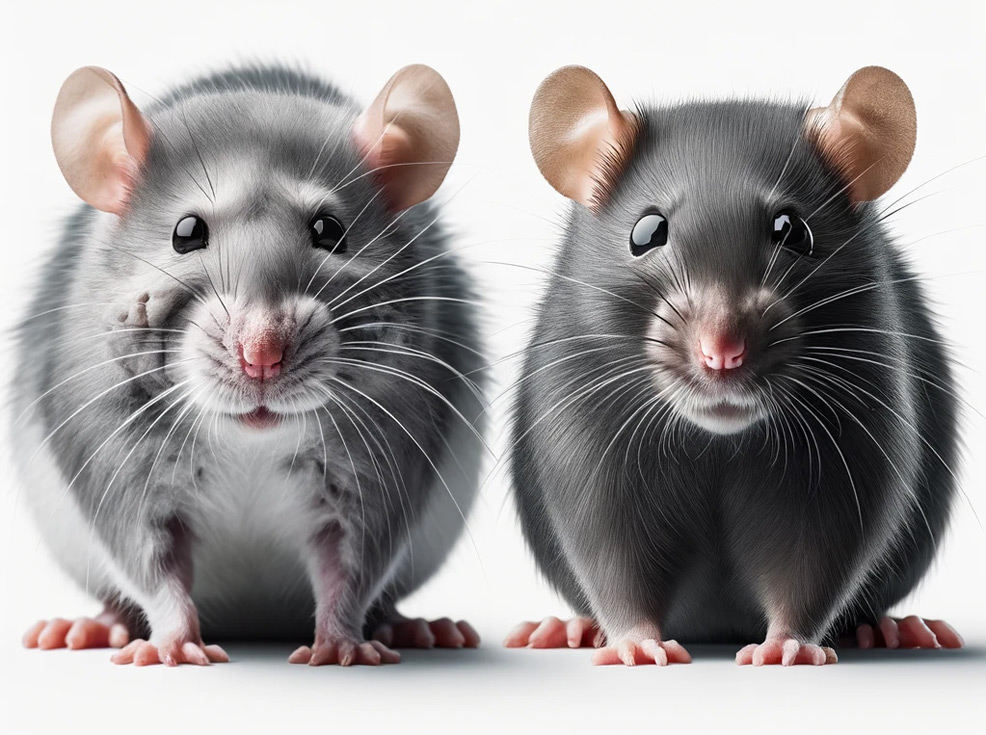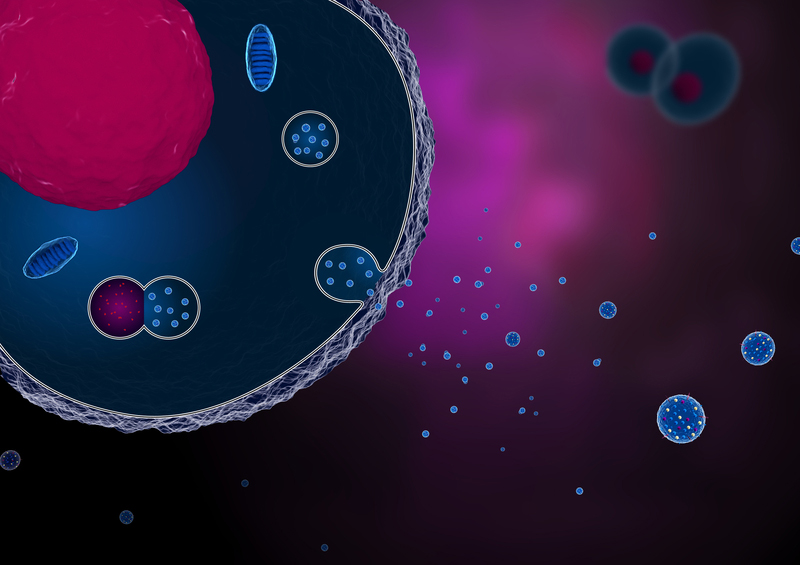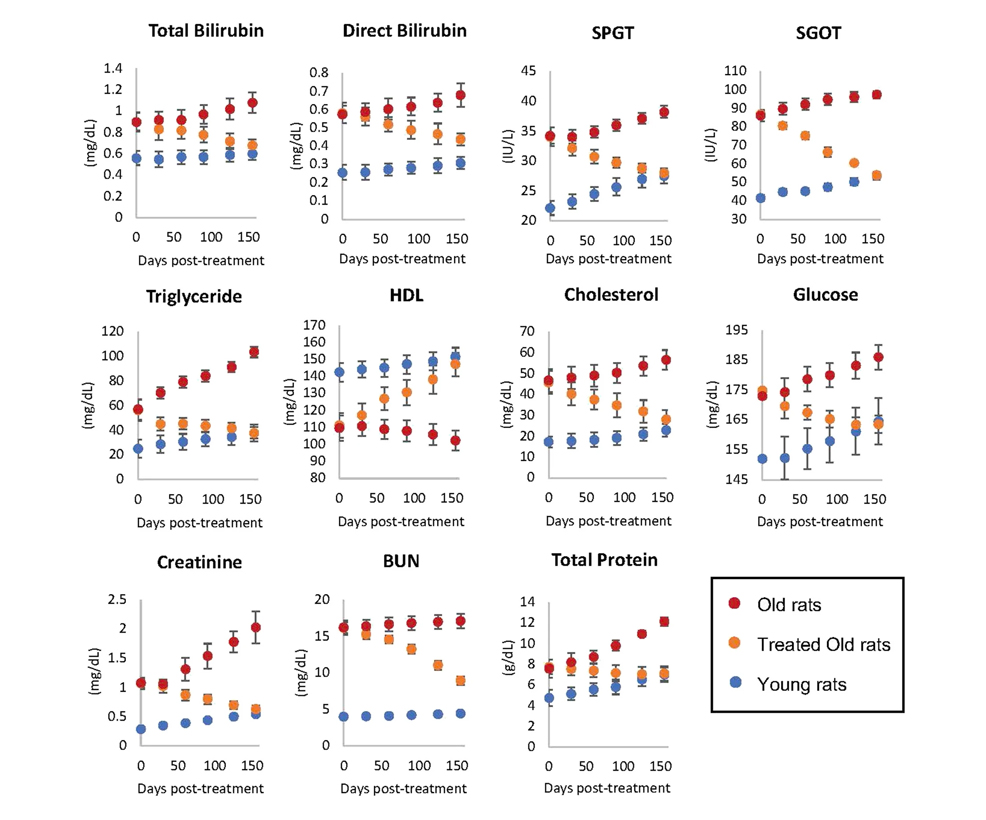
4th November 2023 New treatment reverses epigenetic age of rats by 67.4% A groundbreaking study into anti-aging has reported significant rejuvenation effects using exosomes, tiny particles which can be extracted from biological fluids such as blood plasma.
In recent years, the prospect of being able to halt or even reverse aging has begun to seem less like science fiction and more like a scientific milestone that could emerge in the relatively near future. We have seen the age of skin cells reversed by 30 years, for example. A gene has been identified that makes heart cells appear 10 years younger. AI has found molecules with potential anti-aging effects. Young blood plasma given to older mice has reduced aging by 54% across multiple tissues. These are just some of the more notable developments – many others are reported on a regular basis. Now, scientists have revealed what could be one of the most promising advances yet. A team led by Dr. Steve Horvath – a world-renowned geneticist who pioneered the epigenetic aging clock based on methylation changes in DNA – has published their work in the peer-reviewed journal GeroScience. In this new study, Professor Horvath worked alongside Harold Katcher, PhD, Chief Scientific Officer at Yuvan Research, California. They and their team developed a novel approach to reverse the biological age of organisms, involving a cross-species experiment with old rats and young pigs. The treatment used exosomes, which are tiny "bubbles" released from cells that carry genetic information and proteins to other cells. In this case, the exosomes came from blood plasma in the young pigs. After extracting them in sufficient quantities, the team introduced these particles into old rats. The results proved to be nothing short of remarkable.
In simple terms, exosomes can serve as a messaging system of young cells to give older cells a fresh set of instructions. The researchers obtained nanoparticles with complex structures including exosomes and named this new therapeutic "E5". Within days, elderly rats given E5 showed dramatic improvements across a wide range of epigenetic biomarkers. Epigenetic age is a measure of biological age, which might be different from chronological age (the actual time a person or animal has been alive) and is determined by looking at the chemical modifications of DNA that can be influenced by lifestyle or environmental factors. For example, an unhealthy person's epigenetic age might be 45, even though their chronological age is only 40. By contrast, a healthy person's epigenetic age might be 40, even though their chronological age is 45. The so-called epigenetic aging "clock" developed by Horvath is a highly accurate and useful measurement. In this study, rats each had four injections of E5 on alternate days for eight days, with a second set of injections 95 days later. The scientists analysed a total of 613 samples from 13 different tissues of rat. They also evaluated cognitive functions of the rats four times during this period. Epigenetic age measurements found major improvements in the liver (+77.6%), blood (+68.2%), heart (+56.5%), and hypothalamus (+29.6%), with an average tissue rejuvenation of +67.4%, equivalent to an 80-year-old human reverting to the age of 26. Learning and memory of the old rats given E5 showed a similarly dramatic increase.
Equivalent to an 80-year-old human reverting to 26
In addition to its large sample sizes, the study used multiple trials by labs with different scientific backgrounds, as explained by Horvath: "Initially, I could hardly believe the profound epigenetic rejuvenation effects of E5," he said. "However, our findings are robustly supported by parallel rodent studies from different labs." Professor Michael Snyder, Chair of the Department of Genetics at Stanford University, did not participate in this study, but sits on the Scientific Advisory Board of Yuvan Research: "The results are stunning and have enormous potential," he said. "Not just for humans, but also for animals including pets." While these results are indeed highly promising, they come with the standard caveats. This study involved rats, not humans, and what works in one species does not always translate directly to another. The path from these early findings to a human application is long and uncertain – it will require rigorous testing for safety and efficacy through clinical trials. The entire process from preclinical research to marketing can take 12 to 18 years, with only about half of new medicines making it from Phase I to II, let alone Phases III and IV. Nevertheless, this study represents a considerable advancement in the field of anti-aging. If future research confirms these effects in humans, then we could be looking at a new era of healthcare, in which not only are the symptoms of aging treated, but elements of the process itself can be reversed.
Comments »
If you enjoyed this article, please consider sharing it:
|









